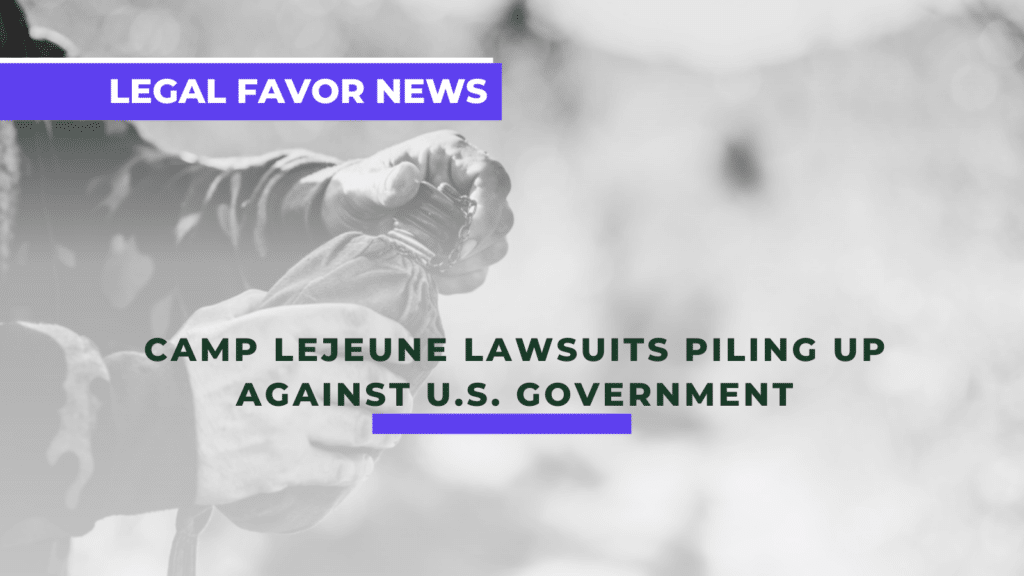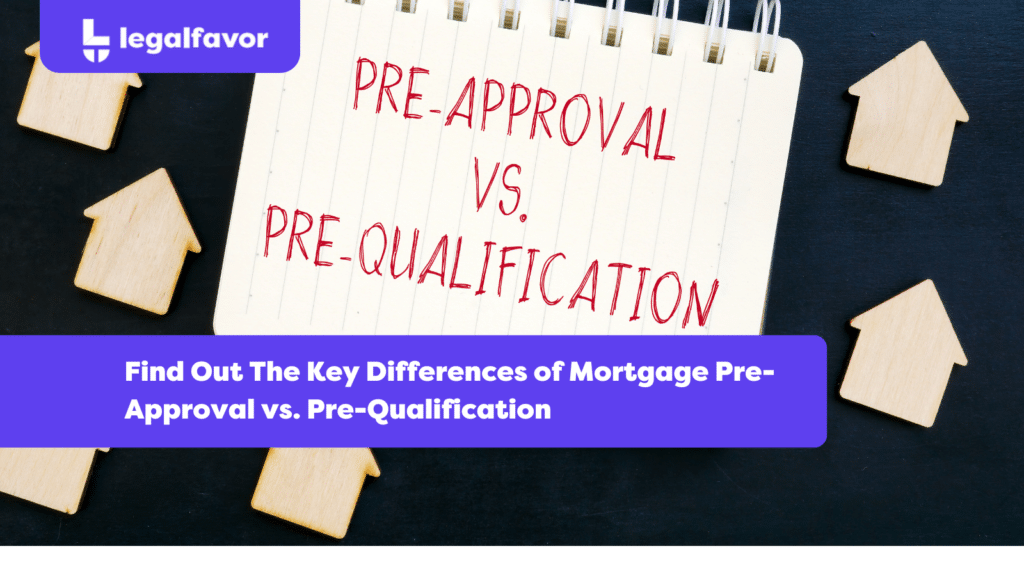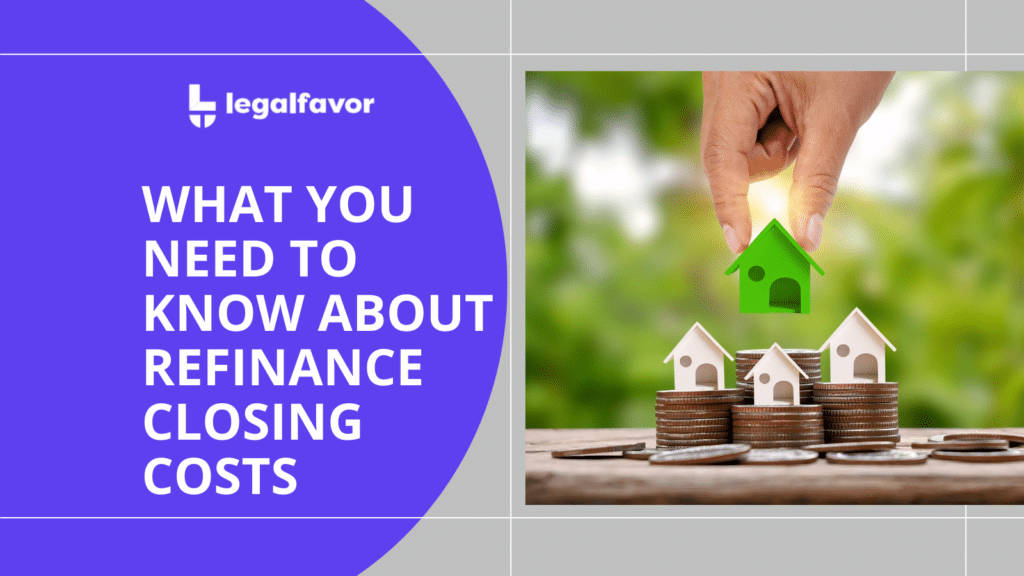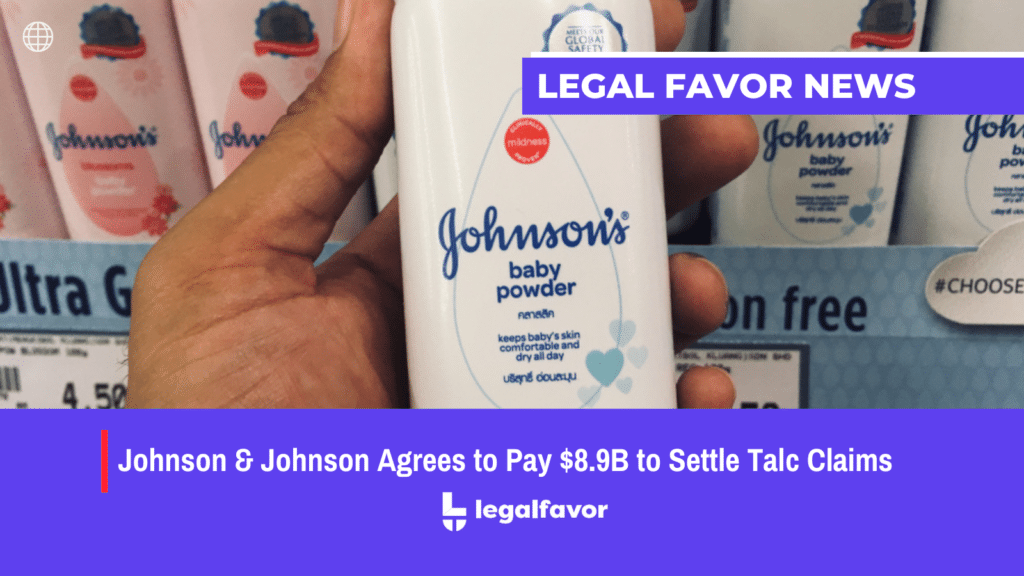When it comes to bad faith insurance, there is a lot of confusion about what it is and how to prove it. Bad faith insurance is when an insurance company denies or delays a claim unreasonably or fails to provide the policyholder with the coverage promised. It can be challenging to prove that an insurance company acted in bad faith, but it is not impossible. In this article post, we will discuss what bad faith insurance is and how to prove it, and the types of bad faith insurance.
What Is Bad Faith Insurance?
Insurance companies owe their policyholders a number of duties, such as acting in good faith and promptly handling claims. Failure to meet these duties may amount to bad faith insurance. When this occurs, the insurer can be sued for its actions, and the policyholder may be eligible to receive punitive damages, which can be very significant – frequently more than the policy’s value.
Bad faith insurance can take on several forms, including failure to properly investigate or process a claim, misleading a policyholder about coverage and benefits, providing incomplete or inaccurate information, and refusing to pay a claim without proper justification. In some cases, insurers may even use intentional deception to avoid paying a legitimate claim.
If you believe your insurer has acted in bad faith, it is essential that you understand your rights and pursue legal action against them. It is also important to note that not all instances of bad faith insurance rise to the level of a legal violation. In order to prove bad faith, you must show that your insurer’s conduct was intentional and unreasonable.
The Types of Bad Faith Insurance
Bad faith is a term that can have different definitions from state to state. Generally, it means that an insurance company failed to act in good faith when handling a claim. There are two types of bad faith insurance claims that can be filed: common law bad faith and statutory bad faith.
- Common law bad faith follows the same definition as outlined above. It is a situation where an insurance company has breached its duty of good faith and fair dealing with its policyholder. This type of bad faith often leads to claims of breach of contract or fraud.
- Statutory bad faith, on the other hand, outlines a specific definition of bad faith and may also provide for additional damages in some states. For example, some states require insurance companies to pay triple damages and attorney’s fees when a claim is found to be in bad faith. These two types of bad faith are not mutually exclusive and policyholders can pursue either or both claims depending on their state’s laws.
It’s important to remember that filing a bad faith claim must be done according to your state’s guidelines. Before filing any type of bad faith claim, make sure to check that you are filing correctly according to the applicable laws.

How Do I File a Claim Against My Insurer?
Filing a claim against an insurance company for bad faith can be a complex process, but taking the necessary steps to protect yourself and your rights is important. The first step is to review your insurance contract and any related documents to ensure that your insurer was in violation of its obligations. Make sure to keep detailed logs of all communication and other interactions with your insurer regarding the claim and document any attempts to deny the claim or lowball you on the settlement.
Once you’ve gathered all the evidence, you should make a final demand to the insurer stating that they must honor their agreement or else you will file a claim against them. If your demand is not met, you may then choose to file a complaint with your state’s Department of Insurance or initiate a bad faith lawsuit. It’s best to do this with the help of an experienced attorney who understands the nuances of bad faith insurance.
Remember, you don’t have to go through this process alone. With the help of a skilled lawyer, you can make sure that your claim is heard and handled fairly.
How To Prove Bad Faith Insurance?
When it comes to successfully proving a bad faith insurance claim, there are three main components that must be established. These include:
- Benefits that were owed according to the policy were not provided.
- There was no justifiable reason for why they were not provided.
- The insurance company was given a chance to fix it and refused to do so.
For example, if a homeowners insurance policyholder filed a flood and wind damage claim after Hurricane Ian; and the damage is covered under the terms of their policy, but their claim is denied without any explanation. That could be a clear case of bad faith insurance.
Unfortunately, it is often an uphill battle to prove that a claim is valid in bad faith insurance cases. It’s important to gather as much evidence as possible in order to support your claim, such as records from the insurance company, photos, documents from doctors or other medical professionals, and any other relevant information.
Closing Remarks
When it comes to bad faith insurance, being informed and understanding your rights as an insured is critical. Knowing how to identify and document bad faith behavior can help you receive the coverage you deserve under your policy. With the right information and support, filing a claim against your insurer for bad faith insurance can be successful. If you believe that your insurer has engaged in bad faith practices, contact a lawyer to discuss your options. They should be able to provide guidance and explain the process of proving your case.





